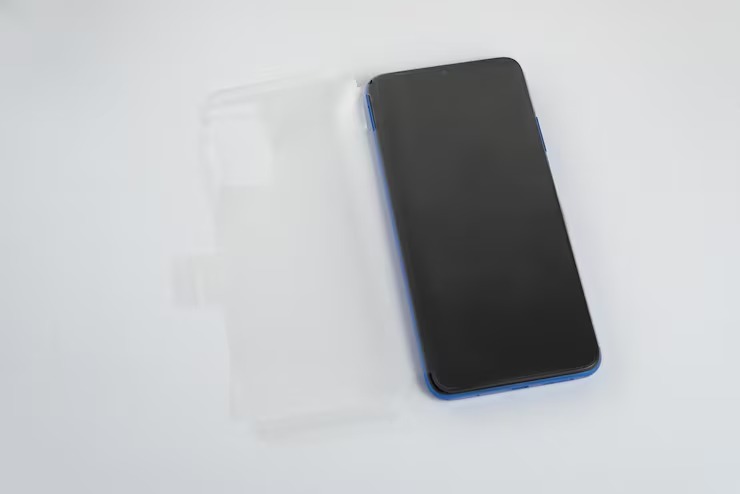Shopping for a screen protector for your new smartphone can feel like a deep dive into a world of confusing numbers. You see 5D, 9D, 11D, and now even 18D or 21D tempered glass. The bigger the number, the better the protection, right?
Not exactly. If you’re wondering whether to choose an 11D or an 18D screen protector, the answer isn’t what you think. Let’s clear up the confusion and reveal what really matters when protecting your screen.
The Great “D” Myth: What Do the Numbers Mean?
The “D” in these labels originally referred to the curvature and finish of the glass edge, evolving from flat 2D screens.
-
2.5D: This describes a glass screen with slightly curved edges. The protector has a subtle curve to feel smooth and prevent sharp edges.
-
3D/5D: This indicated a protector with a more pronounced curve, designed to fit the curved screens of modern phones seamlessly, offering true edge-to-edge protection.
Beyond this point, the numbering system became a marketing race. There is no industry standard or technological definition for what makes a screen protector “11D” or “18D”.
These higher numbers are primarily marketing terms used by manufacturers to make their products seem more advanced and superior to competitors. An “18D” glass from one brand is not necessarily stronger, clearer, or better than an “11D” glass from another. It’s simply a bigger number on the box.

Forget the ‘D’ Number: Focus on These Key Features
Instead of getting caught up in the marketing hype, you should evaluate a tempered glass screen protector based on its actual, measurable qualities. Here’s what truly makes a difference.
1. Hardness (9H Standard)
This is the most critical feature. Look for a “9H” hardness rating on the packaging. This rating is based on the pencil hardness scale, meaning the glass can resist scratches from the hardest of pencils. It provides excellent protection against everyday objects like keys and coins. Most reputable tempered glass protectors will be 9H.
2. Coverage and Fit (Edge-to-Edge)
Does the protector cover your entire screen, including the curved edges? This is especially important for modern phones. Look for descriptions like “full coverage” or “edge-to-edge.” A good fit prevents dust from collecting along the sides and protects the most vulnerable parts of your display.
3. Oleophobic Coating
This is a micro-thin, oil-repellent coating that makes the surface smooth to the touch. A high-quality oleophobic coating resists fingerprints, smudges, and oils, making your screen easier to clean and improving the overall user experience. This is often the first thing to wear off on cheap protectors.
4. Clarity and Transparency
A screen protector is useless if it distorts your display. A good one should have over 99% transparency, ensuring your screen’s brightness, color, and sharpness remain unaffected.
5. Adhesive Quality
The quality of the adhesive determines how easily the protector can be installed without bubbles and how well it stays attached to your screen. Premium protectors use high-quality silicone adhesive that spreads evenly for a perfect, long-lasting fit.
The Verdict: So, Which One Should You Buy?
When choosing between an “11D” and an “18D” screen protector, ignore the number.
Instead, compare the two products based on the features that actually matter. Ask yourself these questions:
-
Do both have a 9H hardness rating?
-
Which one has better customer reviews regarding fit and coverage for your specific phone model?
-
Do the product descriptions mention a high-quality oleophobic coating?
-
Is the brand known for good clarity and adhesive?
An “11D” protector with excellent reviews, a confirmed 9H rating, and a great oleophobic coating will always be a better choice than a generic “18D” protector with poor reviews and no clear specifications.
In conclusion, don’t let marketing numbers fool you. Focus on the fundamental qualities of protection, clarity, and feel. By prioritizing the core features, you’ll find the best possible protection for your device, no matter what “D” is on the label.